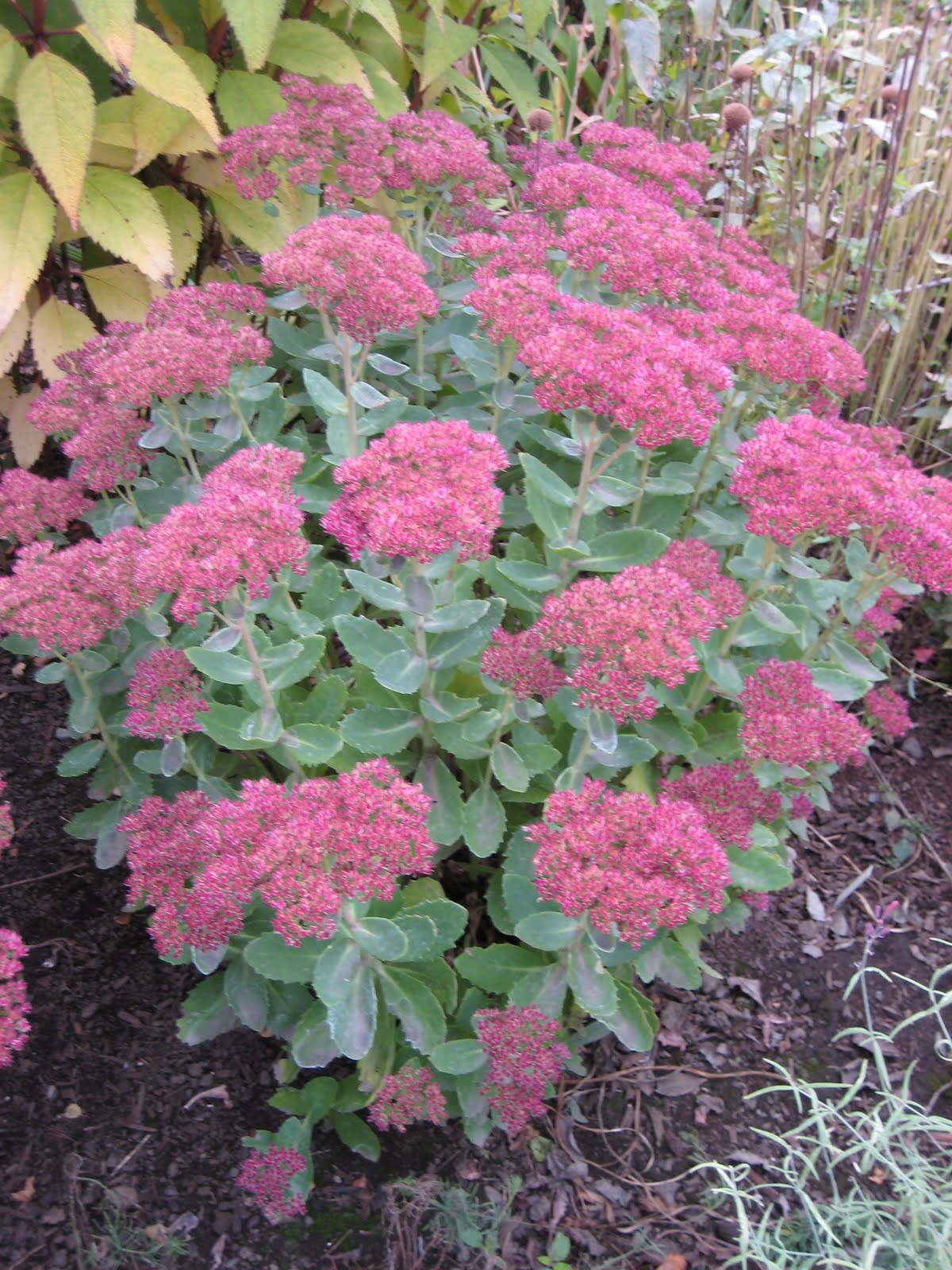
‘Autumn Joy,’ like other succulents, can easily be propagated from cuttings in the spring or early summer.Ĭlip fleshy, non-flowering stems about four to six inches long. ‘Autumn Joy’ can be propagated from cuttings, and by dividing and transplanting.

It doesn’t possess a stamen or an anther. In spite of the name change, it is still known often referred to as Sedum ‘Autumn Joy.’ Autumn Joy Plant PropagationĪs I mentioned, this cultivar is sterile. In 2004 Ohba’s team conducted DNA analysis and confirmed Hylotelephium a separate and distinct genus, and the telephium and spectabile species, amongst others, were reclassified. Ohba and his team studying the Sedum genus proposed to reclassify several species. There was some speculation, but it appears to be a hybrid cross between two sedums – S. The cultivar made its way to North America sometime in the late 1950s. The plant had accumulated a few different common or regional names during its infancy, including ‘Indian Chief,’ but the German name ‘Herbstfreude,’ which translates to ‘Autumn Joy,’ seemed to stick. Georg Arends, a German nurseryman, raised this cultivar and introduced it in 1955.

And ‘Autumn Joy’ is a well known “poster child” cultivar. Hundreds of varieties, cultivars, and hybrids of sedum belong to the large family Crassulaceae, the stonecrops. Sedum is native to Europe and Asia, and the word “sedum” is derived from the Latin word “sedere,” which means “to sit,” – a sensible name for this genus with a growth habit of clinging to the ground or other rocky surfaces. In 1753, Swedish botanist Carl Linnaeus assigned the scientific name Sedum in his renowned botanical publication called “Species Plantarum.”


 0 kommentar(er)
0 kommentar(er)
